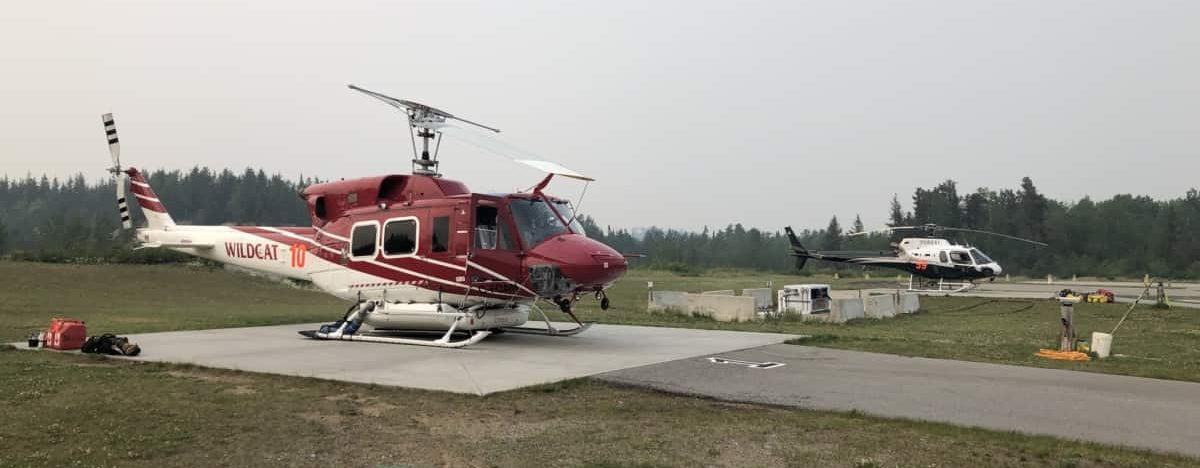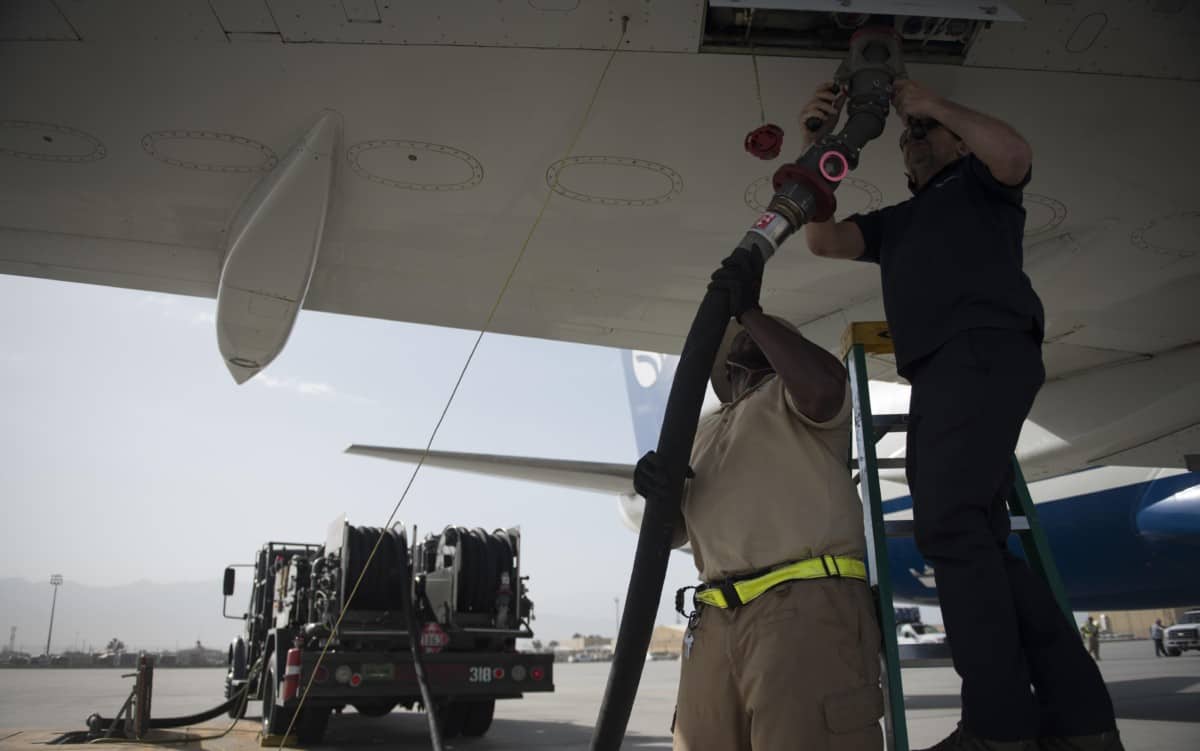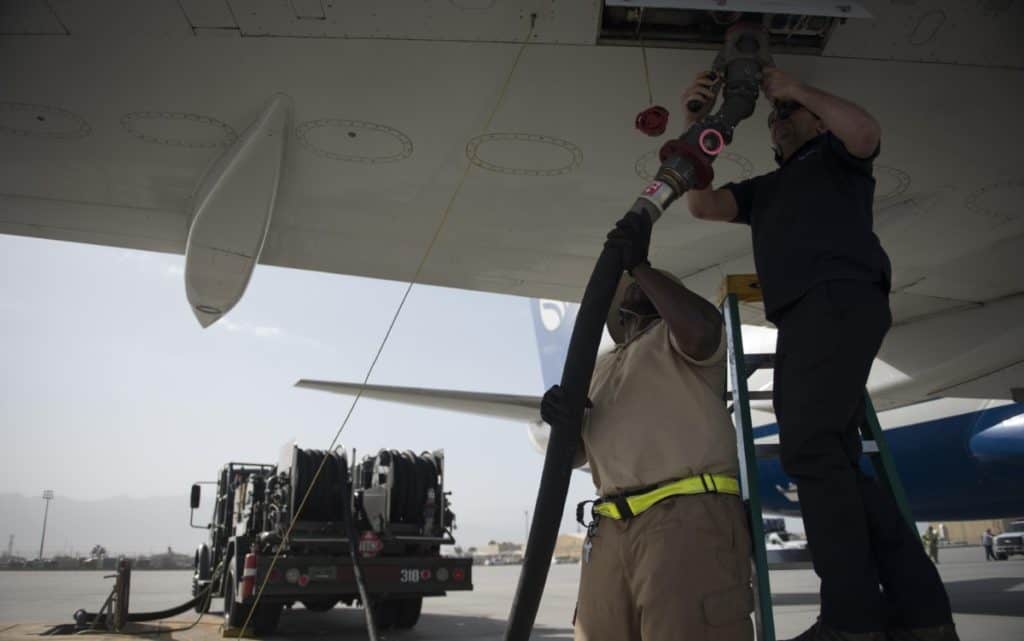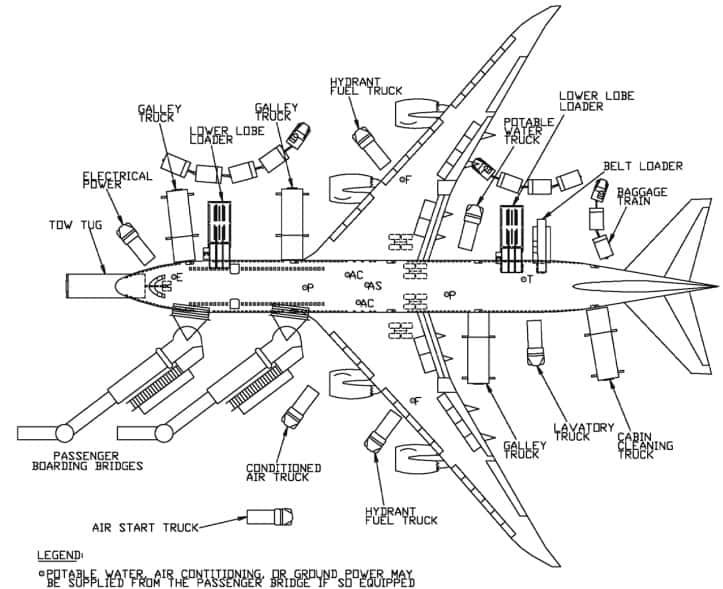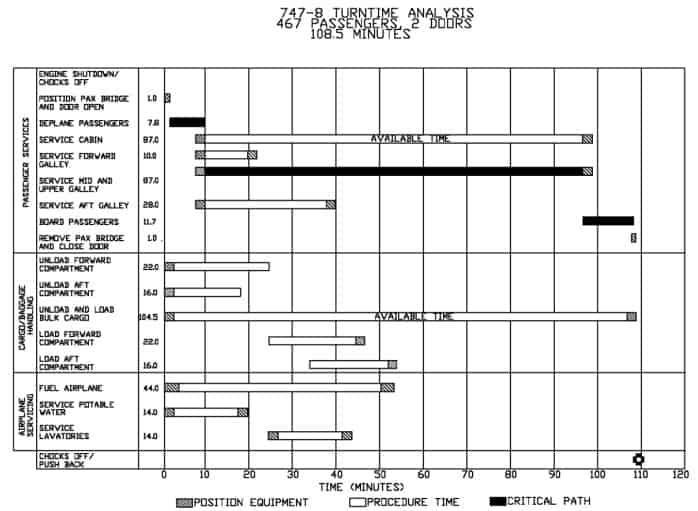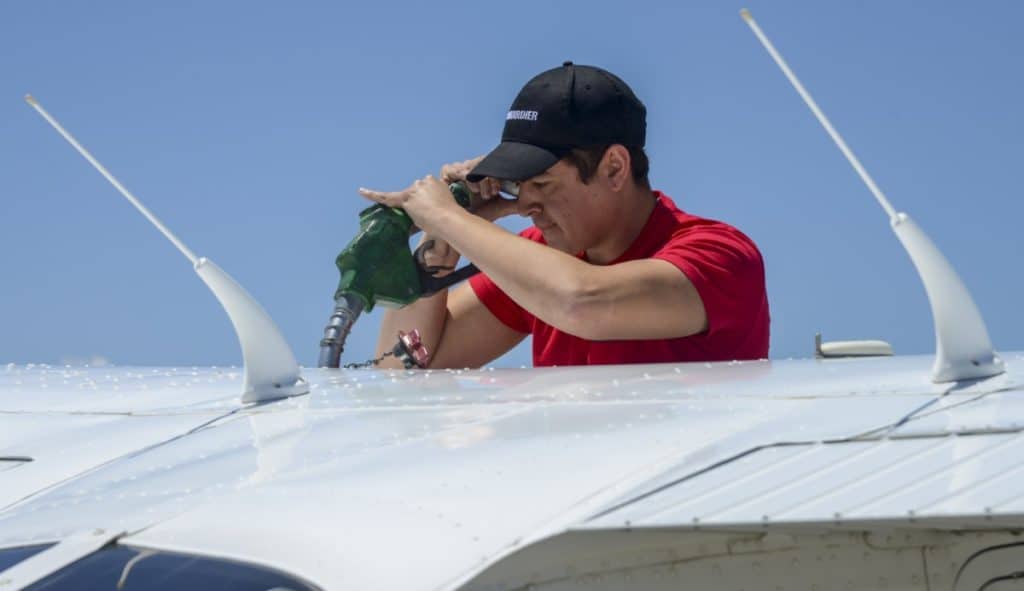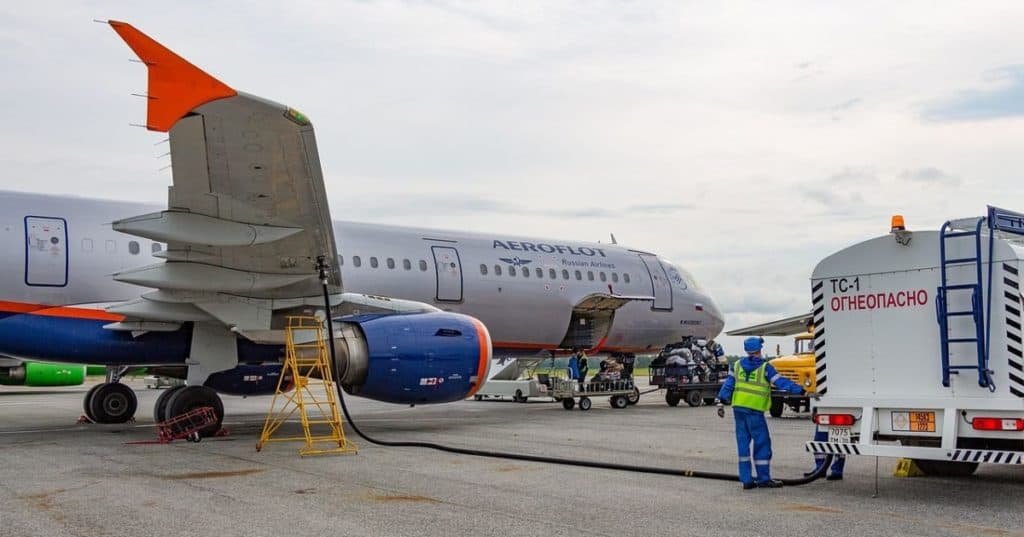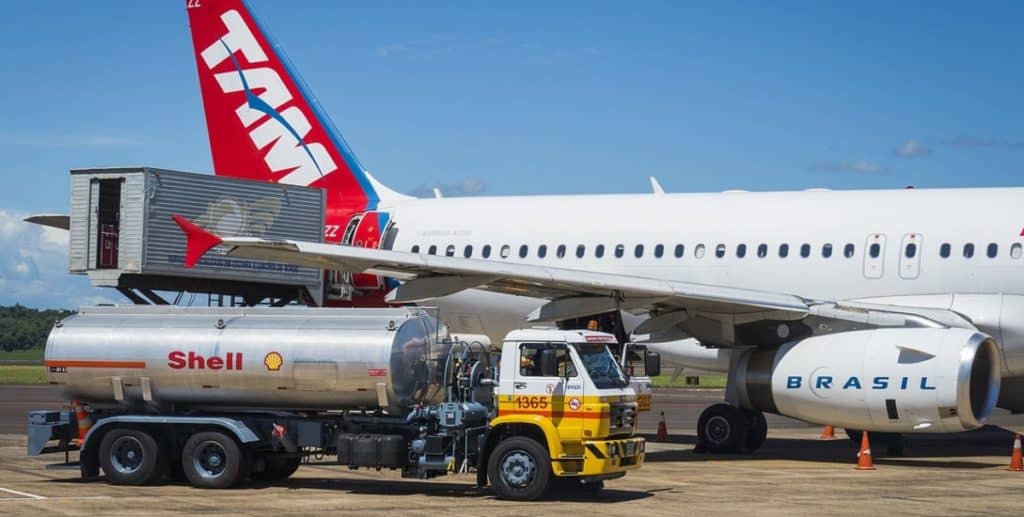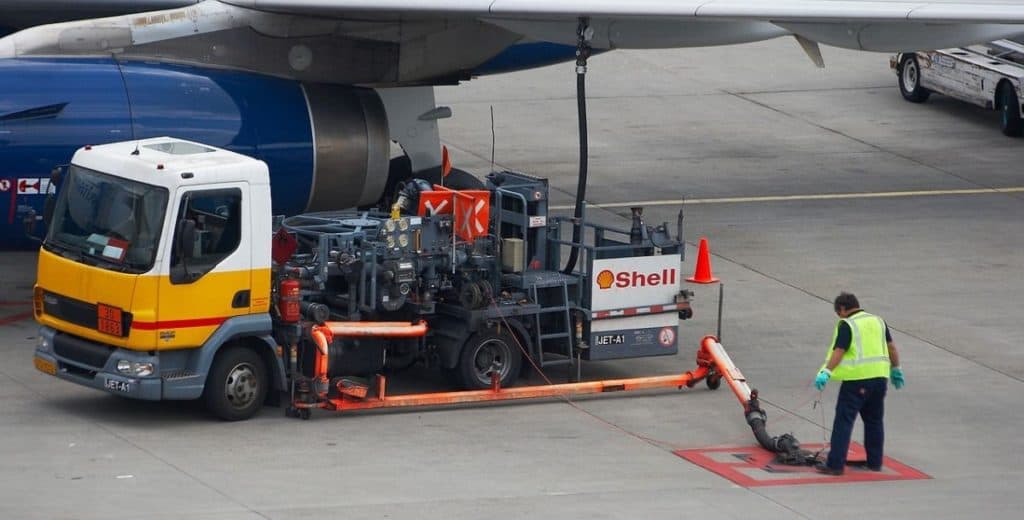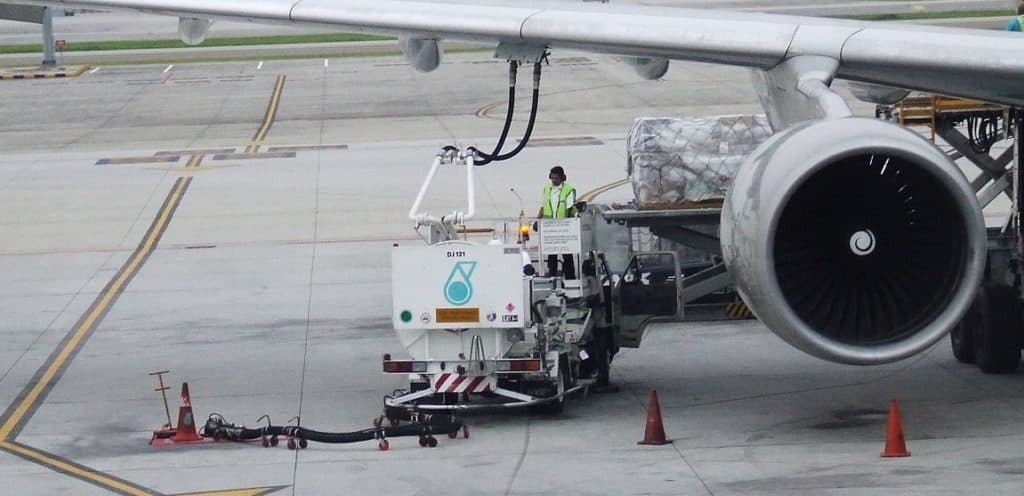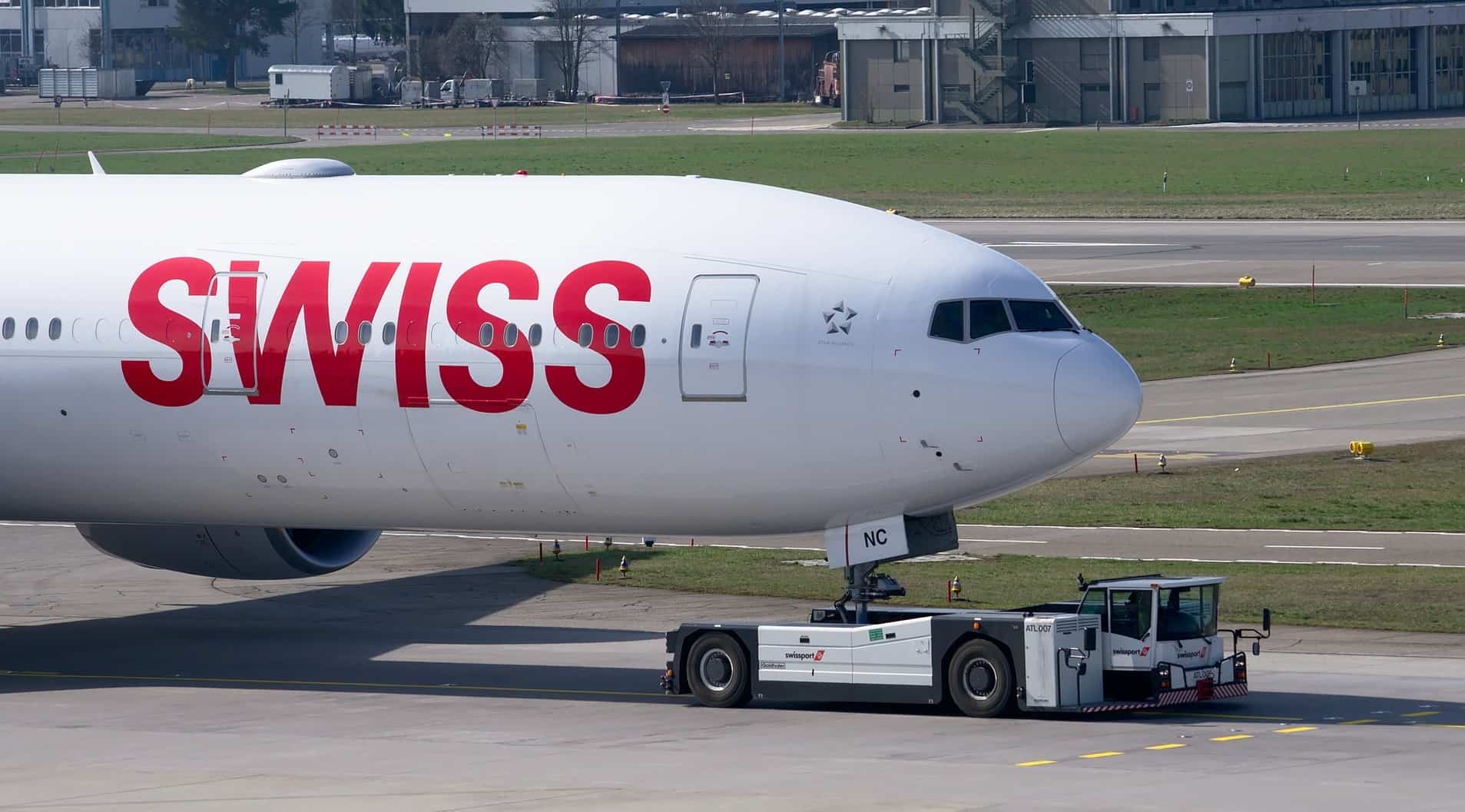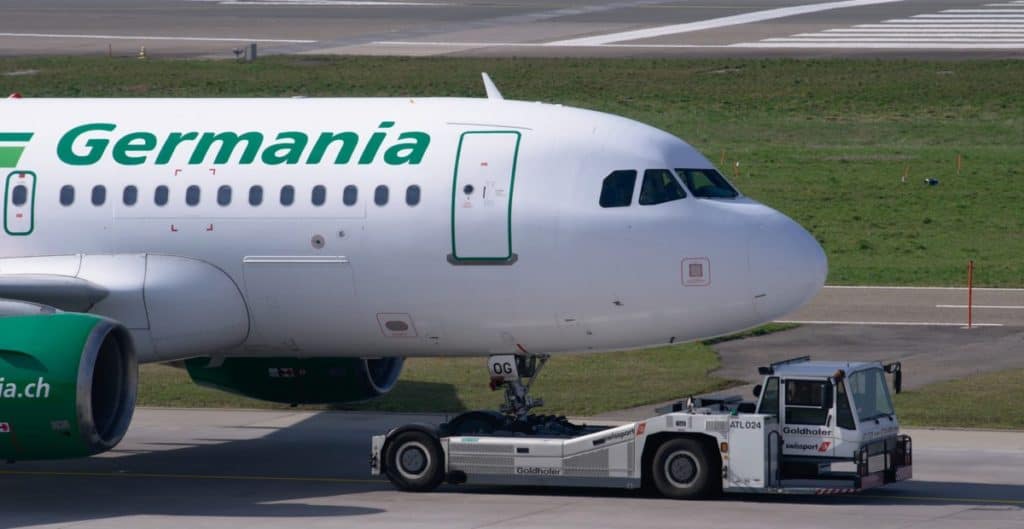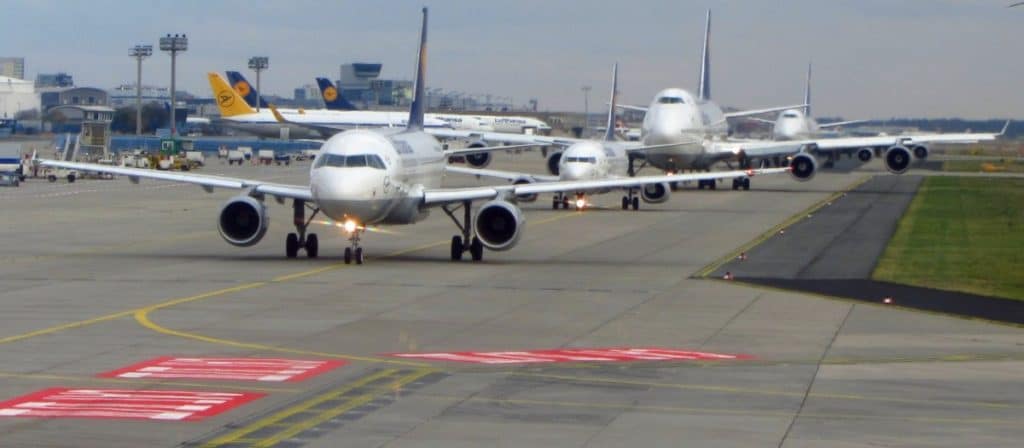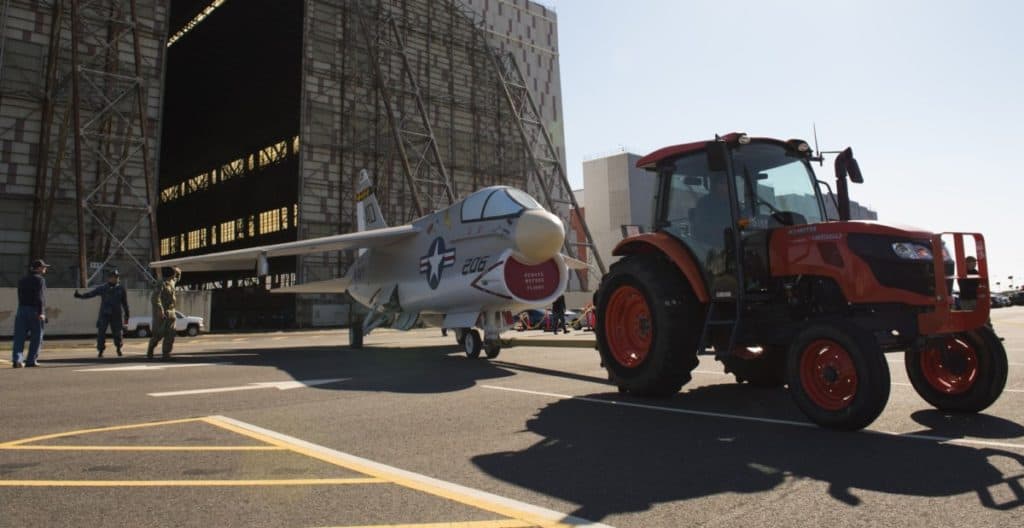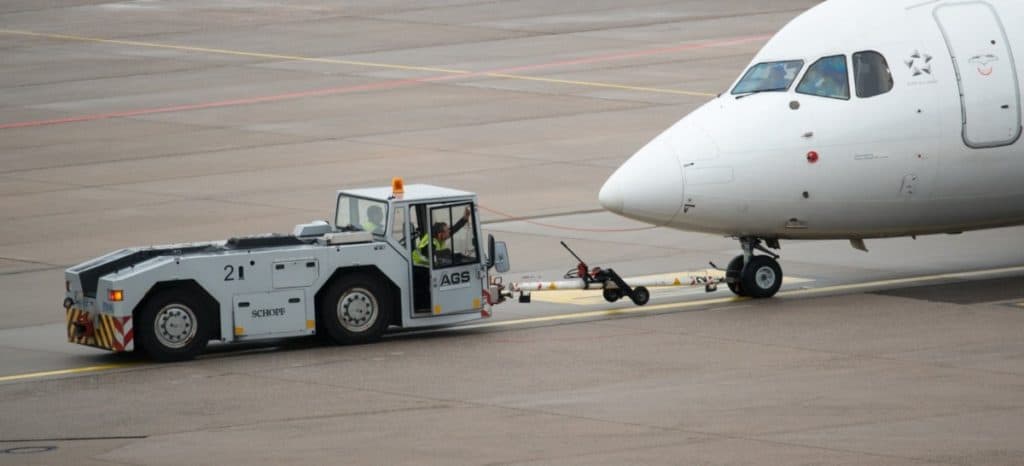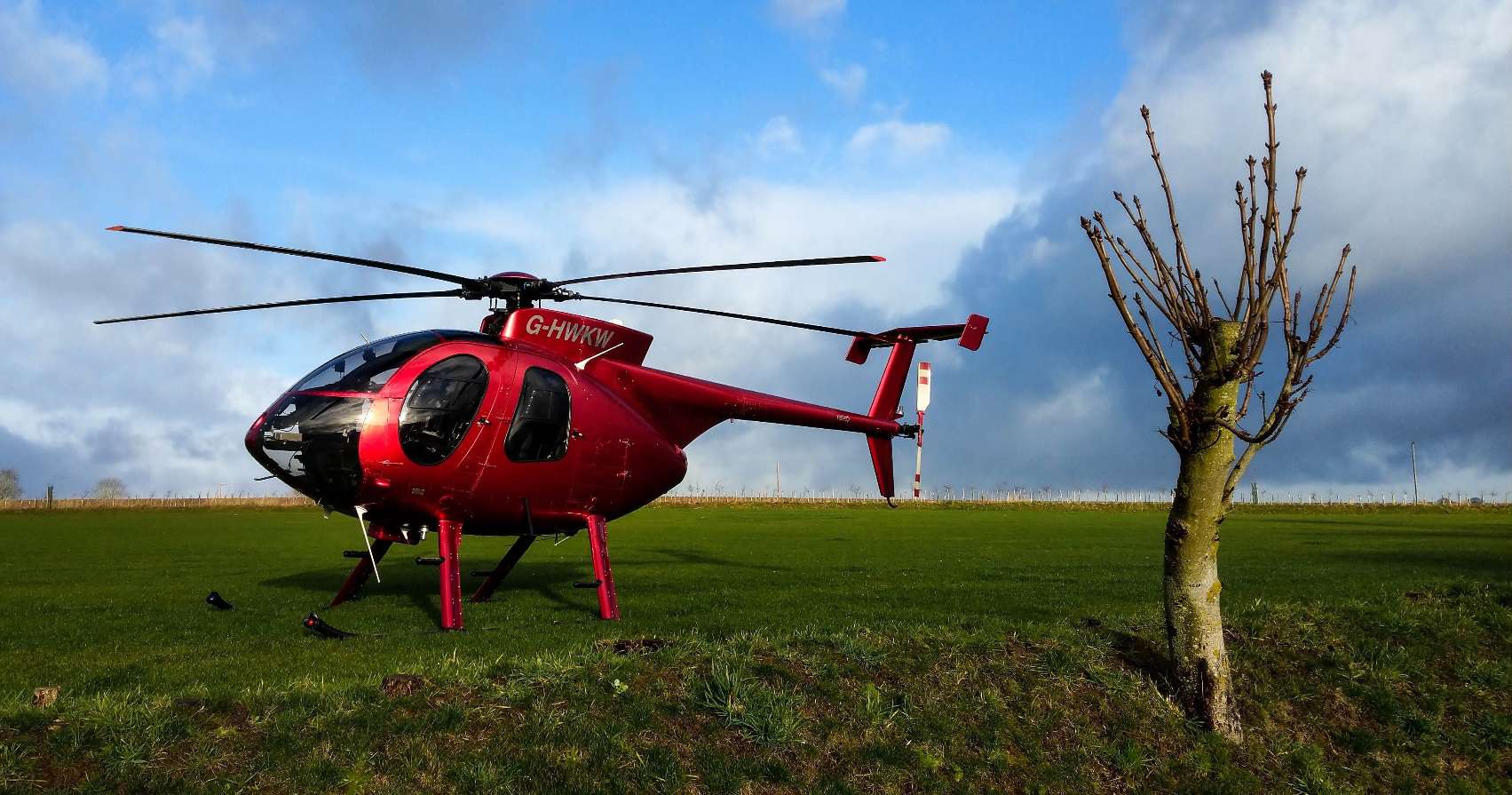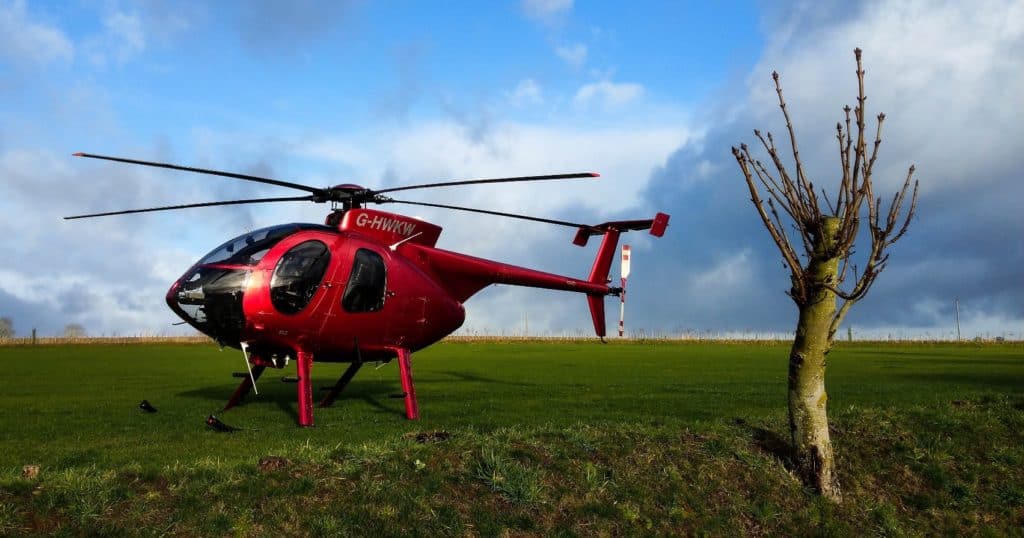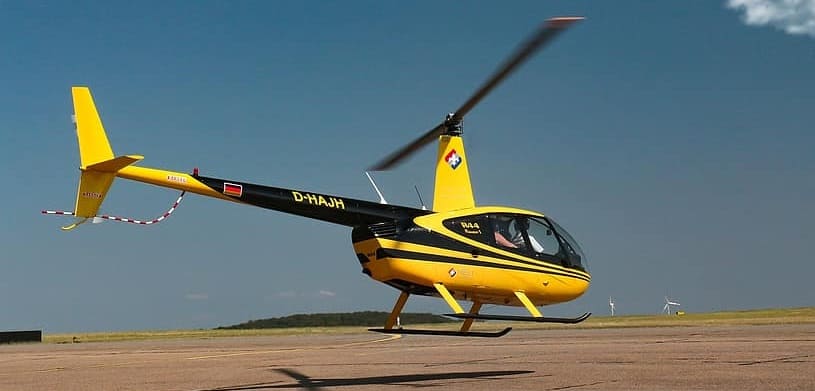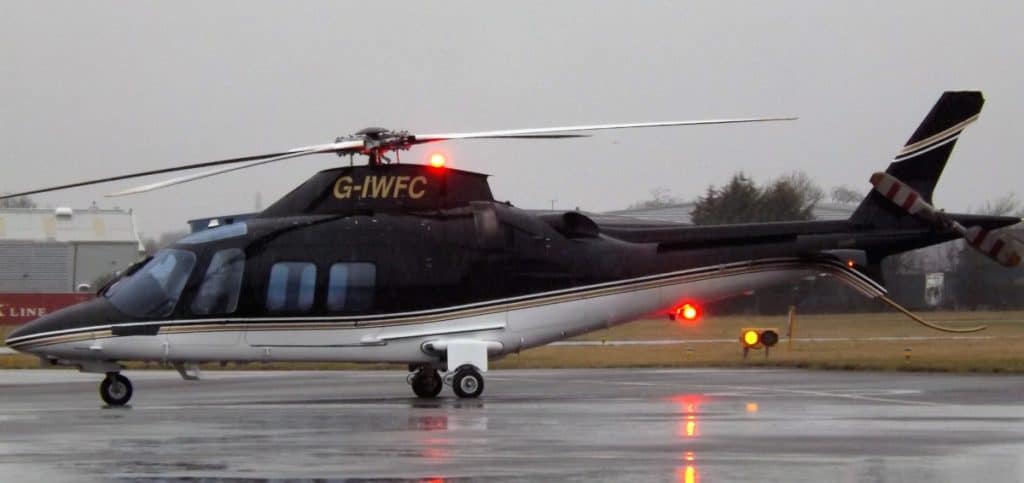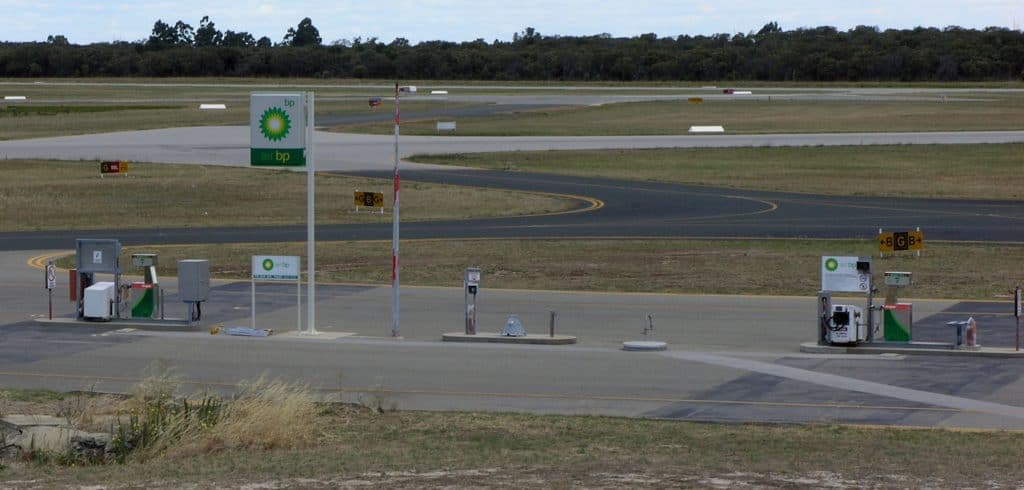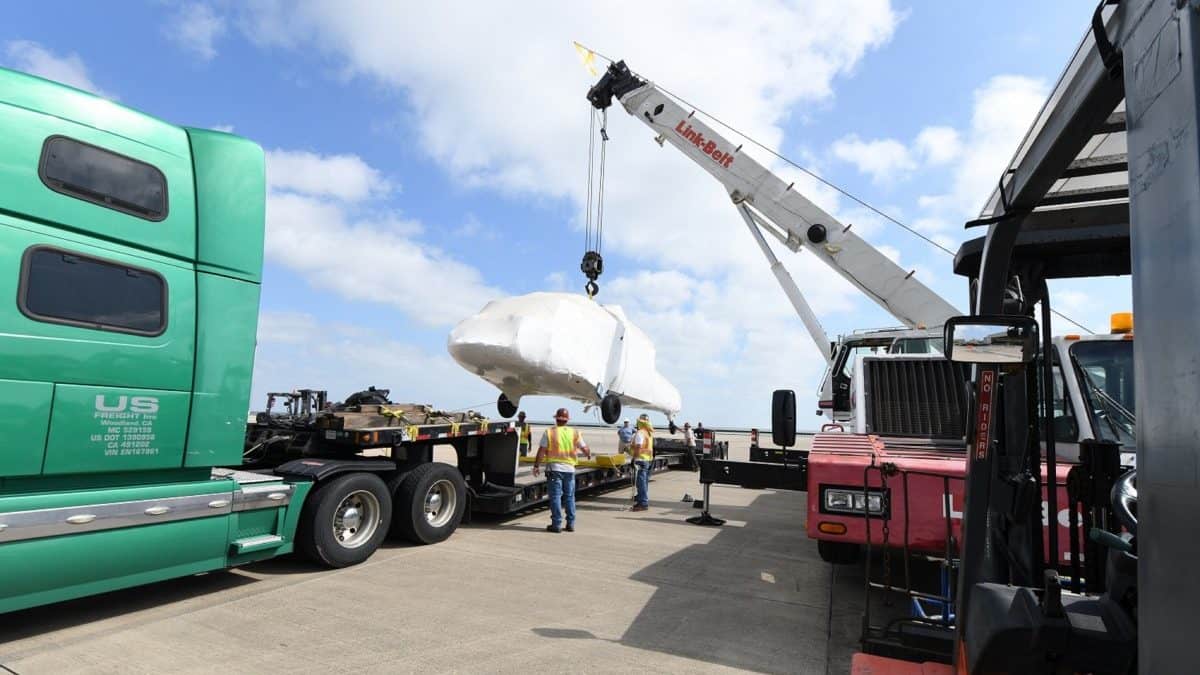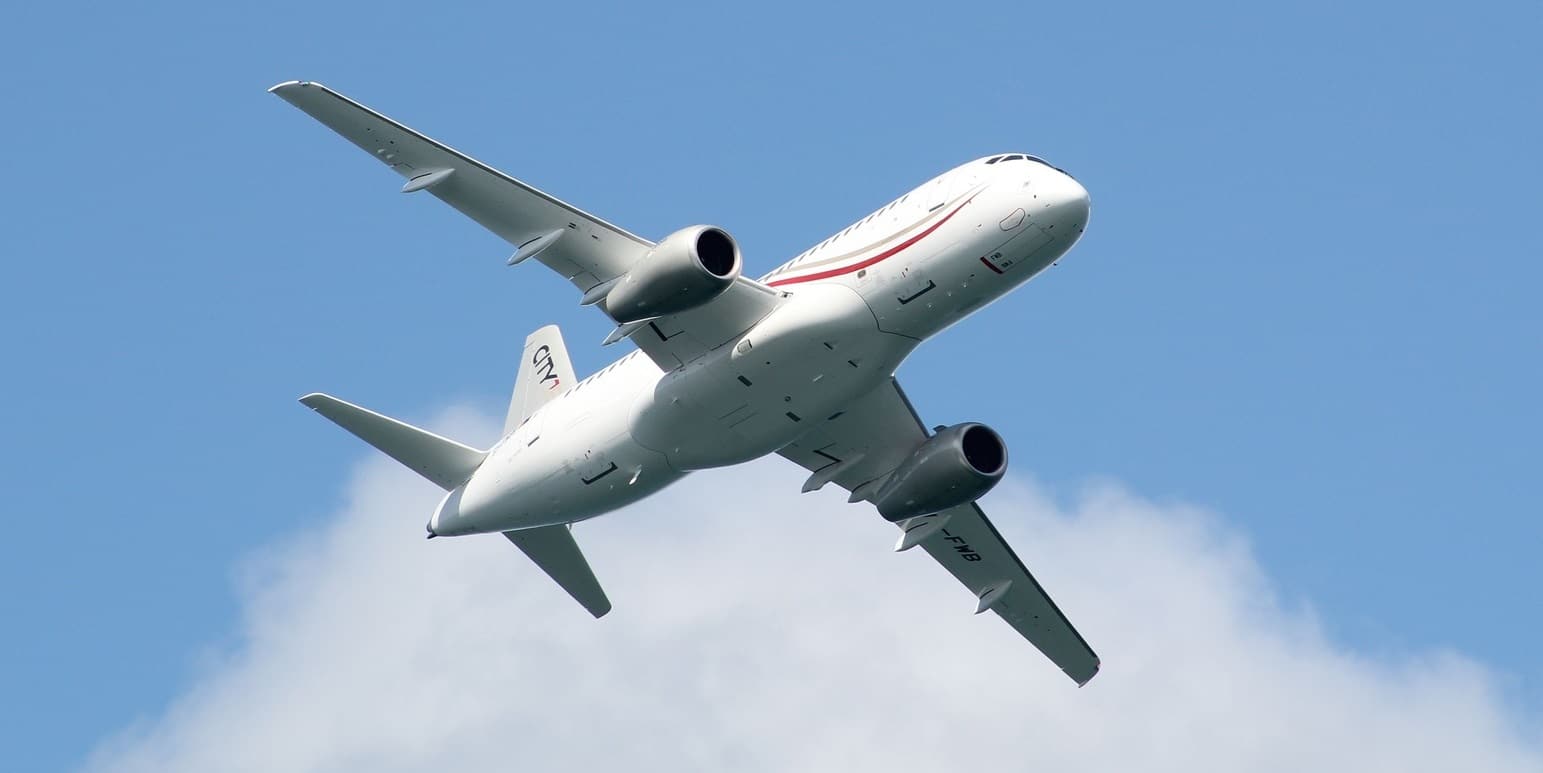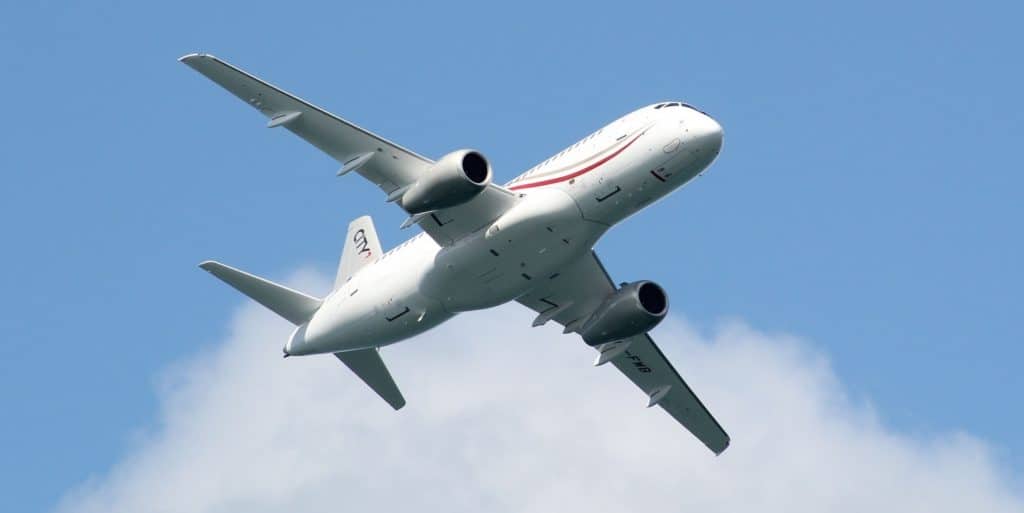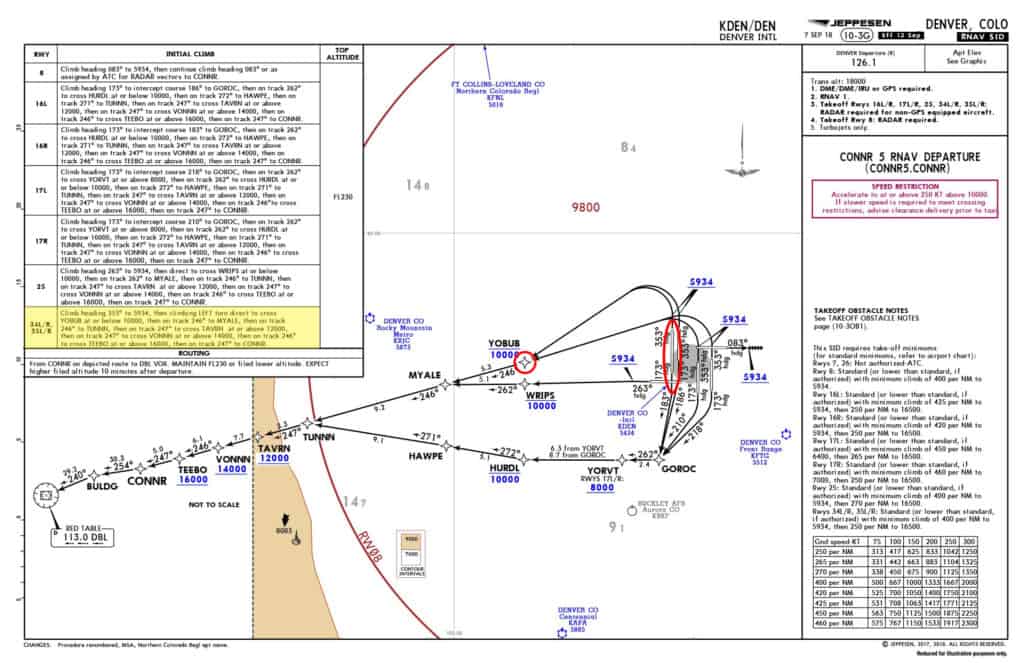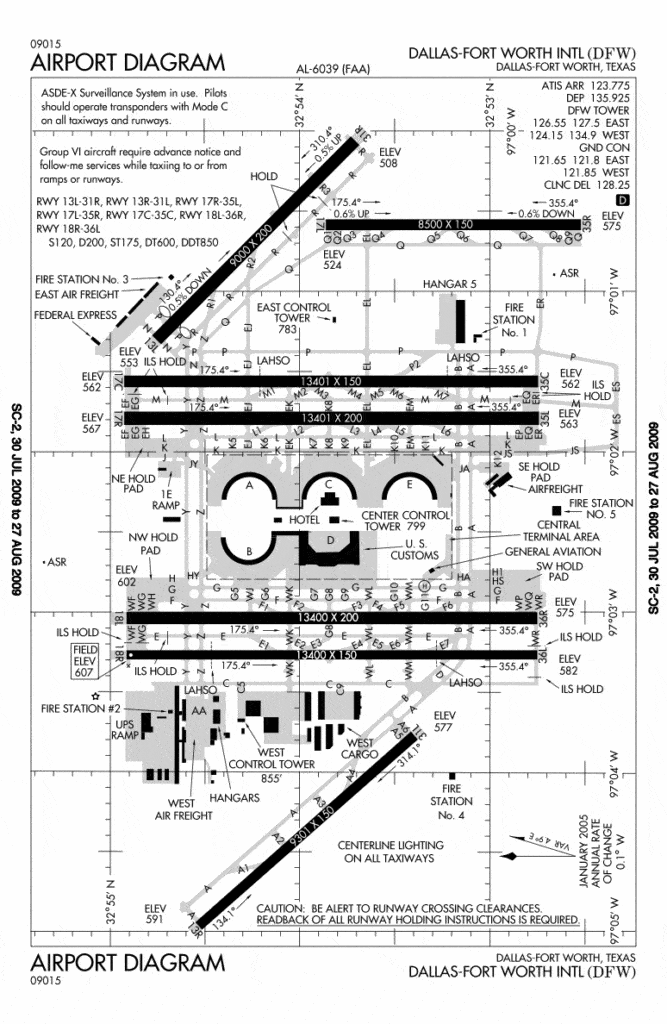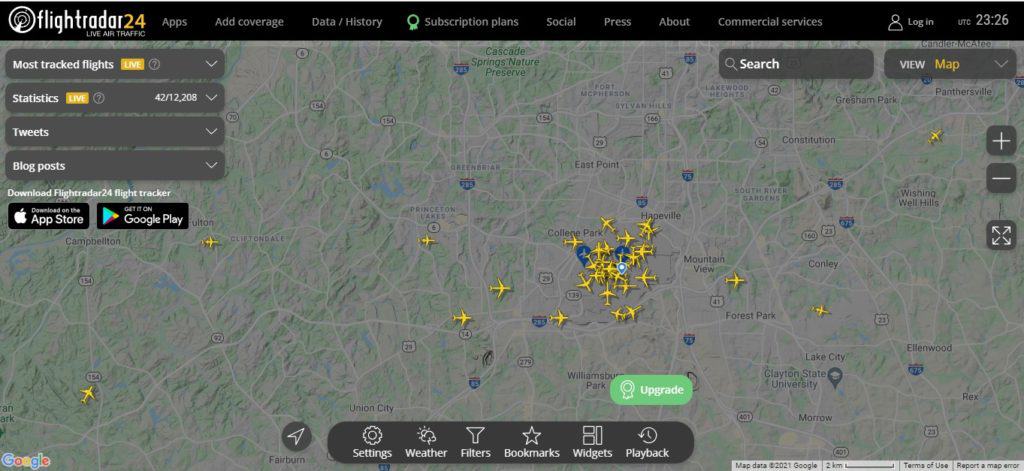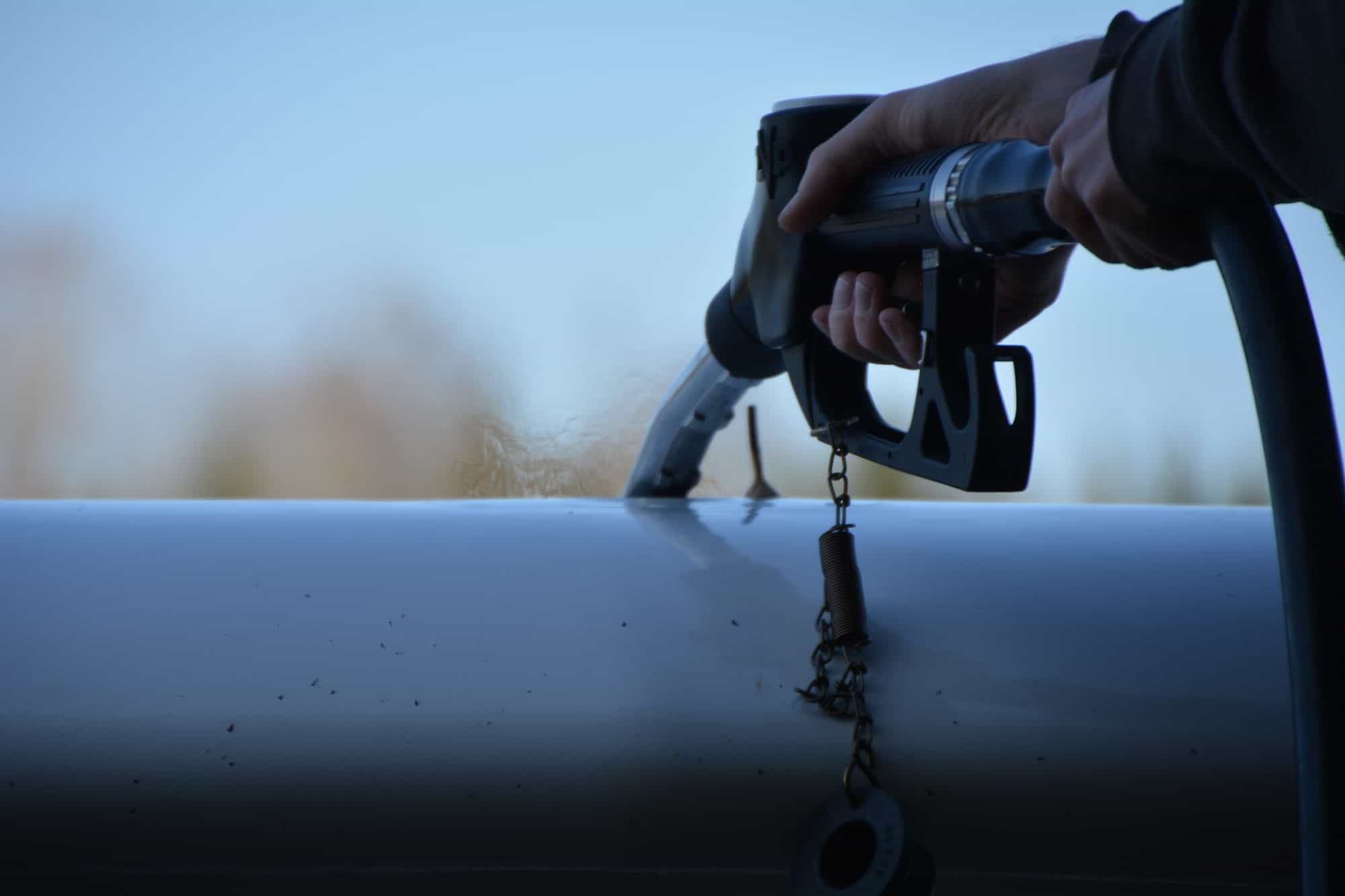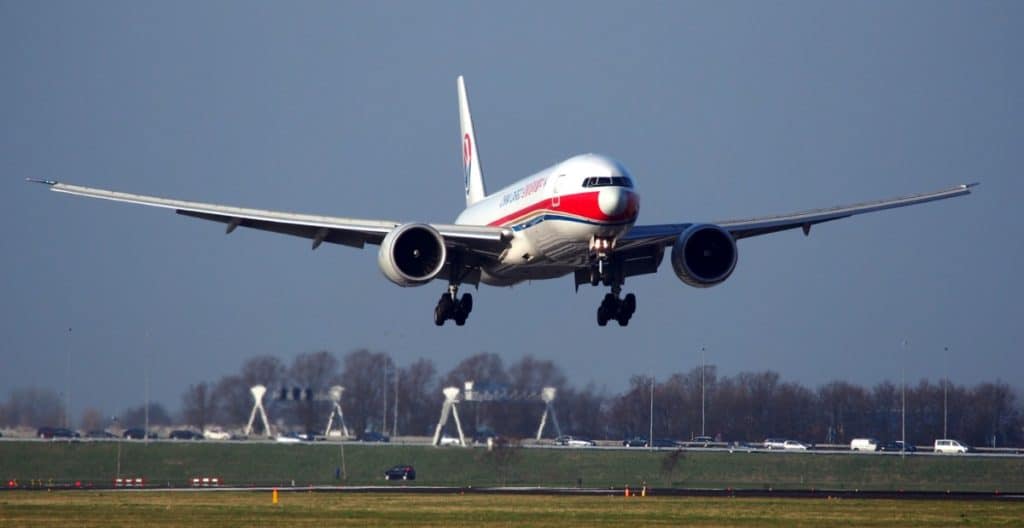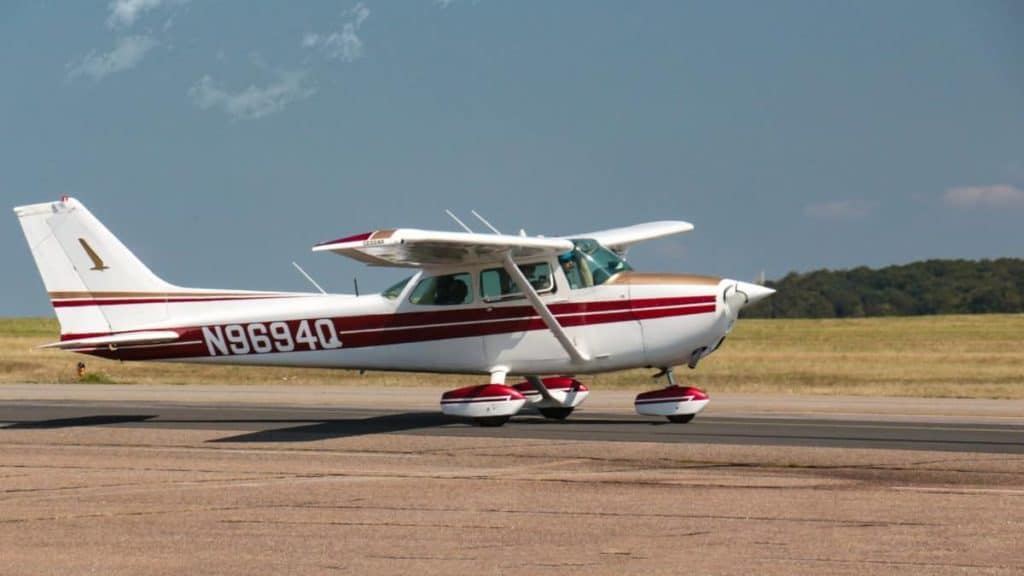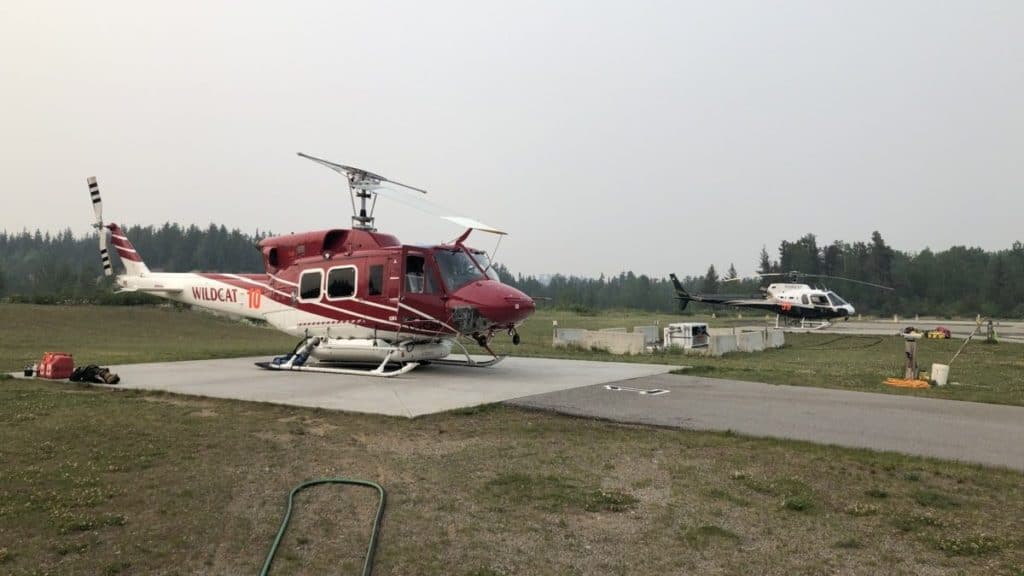
Learning to fly a helicopter is one of the most challenging things you can do. The second most challenging thing you can do is find a way to pay for it! Flight training in a helicopter is not cheap and depending on the level of pilot certificate you wish to obtain, the costs can really add up.
To become a helicopter pilot the Private Pilot Certificate will cost around $18,000 and up to $28,000 for a Commercial Pilot Certificate. For a full career training program with a Flight Instructor Certificate expect to pay around $85,000 plus any costs of accommodation, food, and travel expenses.
Having been through training and taught for many years I wanted to provide a complete breakdown of roughly how much it is going to cost you, how long it is going to take you, and what things you will need to consider to become a helicopter pilot.
Are There Minimum Requirements To Become a Helicopter Pilot?
Before you can even become a helicopter pilot there are a few minimum requirements that you must meet. The Private Pilot Certificate is the most basic helicopter pilot license (Certificate & License are the same thing) you can get and to be eligible you must have met the following:
14 CFR Part61 Subpart E §61.109(c)
- Minimum Age = 17
- Hold at least a Student Pilot Certificate
- Hold at least a Third Class Airmens Medical Certificate
By far the BIGGEST item you need to obtain is the Airmen’s Medical Certificate. This is a medical examination by an FAA-approved medical examiner and I HIGHLY RECOMMEND that you obtain the medical certificate for the pilot license sought BEFORE you being flight training.
Spending lots of money on hours of flight training to then only be denied a medical certificate because of an unknown health condition is not only heartbreaking but wastes money!
Here are the following pilot certificates and the minimum medical certificate you need to obtain for each:
- PPL – Private Pilot Certificate = Third Class Airmens Medical Certificate
- COM– Commercial Pilot Certificate = Second Class Airmens Medical Certificate
- CFI – Certified Flight Instructor Certificate = Second Class Airmens Medical Certificate
- ATP – Airline Transport Pilot Certificate = First Class Airmens Medical Certificate
If you can, always try and achieve a First Class Medical Certificate if you wish to become a professional helicopter pilot as you will then know your health will not be a factor when it comes to applying for any job further in your career.
If you wish to find out more detail about the Airmen’s Medical Certificates see here:
Pilot Medical Exam – What You Need To Pass Each Class
Once you are sure you can meet the requirements to begin flight training, your first step to becoming a helicopter pilot is the Private Pilot Certificate.
How Much Does It Cost To Become a Helicopter Pilot?
Before we get into the details of exactly what each pilot certificate breaks down to in terms of costs, here is a brief overview based on typical student averages to go from zero hours to completed certificate/s:
Total Costs Summary
| Pilot Certificate | Typical Cost |
|---|---|
| Private Pilot Certificate | $22,560 |
| Instrument Rating – Part 61 | $17,750 |
| Instrument Rating – Part 141 | $16,675 |
| Commercial Pilot Certificate – Part 61 with Hour Building & No Instrument Rating | $53,950 |
| Commercial Pilot Certificate – Part 61 with Instrument Rating | $59,700 |
| Commercial Pilot Certificate – Part 141 with Hour Building & No Instrument Rating | $48,003 |
| Commercial Pilot Certificate – Part 141 with Instrument Rating | $64,200 |
| Certified Flight Instructor Certificate with Part 61 Commercial Pilot Certificate | $67,100 |
| Certified Flight Instructor Certificate with Part 141 Commercial Pilot Certificate | $61,180 |
| Certified Flight Instructor Instruments Rating with Part 61 Commercial Pilot Certificate | $84,500 |
| Certified Flight Instructor Instruments Rating with Part 141 Commercial Pilot Certificate | $89,000 |
Learn More…
Try These Articles:
* Learning To Fly Helicopters – Is it really that hard?
* How Long Does It Take To Become A Helicopter Pilot? – Your Guide
Typical Training Routes
The table above lists every combination a pilot could undertake to achieve the level of flying privileges they wish. Below are the three most common routes that most students take depending on how they wish to fly long-term:
| Certificate/s | Typical Total Cost | Typical Time To Complete |
|---|---|---|
| Private Only | $22,560 | 2-4 Months Full-Time |
| Private & Commercial Only | $48,000 | 3-7 Months Full-Time |
| Career Pilot Program: * Private Pilot Certificate – Part 141 * Instrument Rating – Part 61 * Commercial Pilot Certificate – Part 61 * Certified Flight Instructor Certificate – Part 141 * Certified Flight Instructor Instrument Rating – Part 141 | $84,500: $22,560 $17,750 $19,390 $13,150 $11,650 | 7-10 Months Full-Time |
By using this road map you can now seek out the training costs most applicable to you from the rest of the article below.
PILOT CERTIFICATES
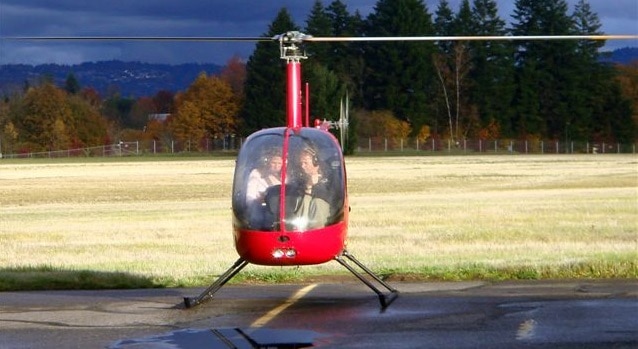
** Private Pilot Certificate **
On average, it takes a student around 60 hours and $23,000 to gain their Helicopter Private Pilot Certificate. Flight training will cost around $20,000, examinations around $1,150, ground study training around $1,200, and $400-$500 of extras like a headset, books, and flight training materials.
If you wish to fly a helicopter for pleasure, or for part of your business then a PPL is the best certificate to choose. No financial gain can be made from flying a helicopter on a PPL but you can charge other passengers providing you pay 51% of the hourly cost.
If using it for your business you can use it as PART of your business, for example; You are a farm equipment supplier and you wish to fly to customers’ farms, but you cannot charge it AS a business.
Every helicopter pilot will start with the PPL and then either continue further training or remain a PPL holder and fly under those privileges which can be found under 14 CFR Part61 Subpart E §61.113 on the FAA website.
The FAA requirements to become a Helicopter Private Pilot are:
14 CFR Part61 Subpart E §61.109(c)
| Minimum Age: | 17 |
| Any Previous License Required: | Student Pilot, Sport Pilot, or Recreational Pilot |
| Total Flight Hours Required: | 40 |
| Dual Hours Required: | 20 |
| Solo Hours Required: | 10 |
Costs:
The costs involved in obtaining a PPL consist of several areas:
- Cost of Aircraft Flight Training
- Cost of Theory Training – Commonly known as Ground School
- Examinations – Written, Practical & Medical
- Extras
Flight Training:
40 hours of flight training is the minimum required by the FAA, although most students complete the training in around 60 hours. Of the minimum 40 hours, 20 must be with an instructor, 10 must be solo, and 3 must be at night, although more hours are usually undertaken.
Always base your budgeting on the Typical Student Averages rather than the FAA minimum. I can tell you now that I don’t know ANY student that completed a PPL in the minimum amount of hours!
Average Hourly Rate of Robinson R22 Helicopter = $300/Hour
Average Hourly Rate of Flight Instructor = $45/Hour
NOTE: The rate for the helicopter and the flight instructor will vary depending on the specific aircraft flown and the rates which the school charges. These are averages taken from a huge poll of U.S. flight schools so to get an accurate number you will need to enquire at the exact flight schools you wish to shortlist.
See the Recommended Resources Section at the end of this article for a
FREE Flight School Comparison & Budget Planner Tool
FAA Minimum:
40 Total:
30 hours Dual x ($300+$45) = $10,350
10 hours Solo x $300 = $3,000
Flight Training Minimum Total = $13,350
Typical Student Average:
60 Total:
50 hours Dual x ($300+$45) = $17,250
10 hours Solo x $300 = $3,000
Flight Training Typical Total = $20,250
Ground School or Theory:
All students will require between 15-30 hours of one-on-one ground school with an instructor to cover aspects of aerodynamics, flight, maneuvers, emergency procedures, etc. This ground is to prepare the student for the Oral part of the Flight Examination (Checkride).
In addition, the student will need to complete some form of Home-Study course to prepare them for the Knowledge Written Examination.
Average Ground Instructor Hourly Rate = $45/Hour
Average RW Private Pilot DVD/Online Training Course = From $250
Examinations:
Medical Examination = At least a Third Class Medical Certificate. Average $60 (Ranged from $40-$80) or BasicMed
Written Examination = Average $150 (Ranged from $140-$175)
Flight Examination = Average $950 (Flight Examiner Ranged from $400-$600) + 1.5 Hours R22 Rental
Extras:
Most students will require around $500 of extras that can consist of:
- Headset ($300)
- Books
- Charts
- Aircraft Inspection Tools
- Flight Planning Tools
Total Cost For a Helicopter Private Pilot Certificate:
FAA Minimum:
40 Hours Total:
- 30 hours Dual x ($300+$45) = $10,350
- 10 hours Solo x $300 = $3,000
- Home-Study Theory Training = $250
- Medical Examination = $60
- Written Examination = $150
- Flight Examination = $950
- Extras = $500
Total = $15,260
Typical Student Average:
60 hours Total:
- 50 hours Dual x ($300+$45) = $17,250
- 10 hours Solo x $300 = $3,000
- 20 hours One-On-One Ground Training x $45 = $900
- Home-Study Theory Training = $250
- Medical Examination = $60
- Written Examination = $150
- Flight Examination = $950
- Extras = $500
Total = $22,560
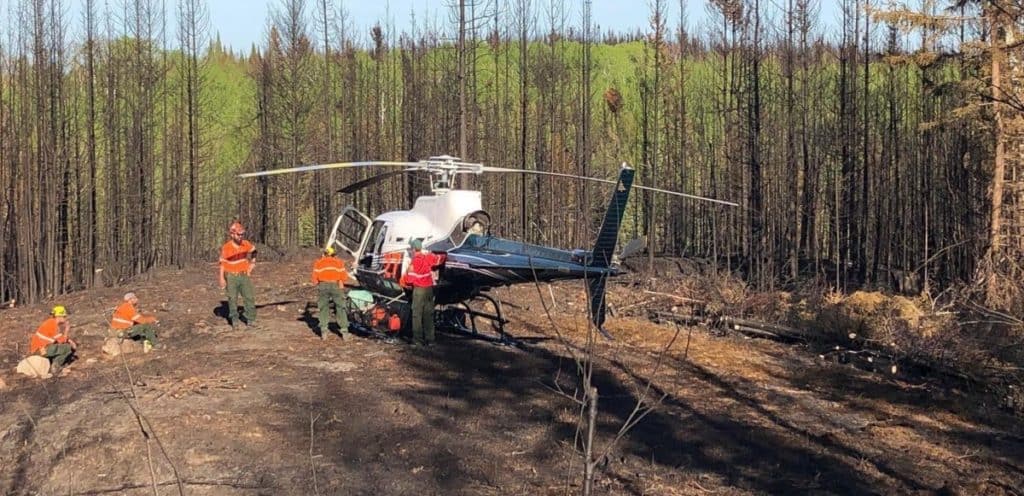
** Commercial Pilot Certificate **
On average, it takes a student around 150 hours and $19,000 to gain their Part 61 Commercial helicopter pilot certificate or 115 hours and $20,000 to gain their Part 141 Commercial helicopter pilot certificate. This is in addition to the private pilot certificate and any hour building required.
After completing the Private Pilot Certificate there are two training routes that can be taken to gain a Commercial Pilot Certificate.
Each route has differing requirements from the FAA:
* Part 61
* Part 141
Part 61 Training Route – This is designed for pilots requiring a flexible, non-classroom-based type of training. The training can be tailored to suit the student and does not have any stage checks or time requirements to complete the training. Because of its flexibility, the FAA requires higher training requirements.
This is a perfect route for those who may have been pleasure flying for years and then decide they wish to move into aviation as a career, or for those pilots coming from a fixed-wing background who wish to transition over to helicopter.
Part 141 Training Route – This is designed for students seeking a career in aviation. It is a structured program designed to efficiently move the student through training. The flight school has to be Part 141 certified by the FAA with both the facilities and training curriculum meeting that certification.
Because the course is structured and has a set timeframe, the FAA required lower training requirements.
This is a perfect route for students going from zero flight time and utilizes the time requirements from passing the Private Pilot Certificate for gaining an Instrument Rating if looking to fly offshore or become a Certified Flight Instructor Instruments (CFII).

Join My Newsletter & Get Great Tips, Information and Experiences To Help You Become a Superb Pilot!
Part 61 Helicopter Commercial Pilot Certificate
The FAA requirements to become a Helicopter Commercial Pilot Following Part 61 are:
14 CFR Part61 Subpart F
| Minimum Age: | 18 |
| Any Previous License Required: | Private Pilot |
| Total Flight Hours Required: | 150 |
| Dual Hours Required: | 20 |
| Solo Hours Required: | 10 |
Costs:
Flight Training:
Since completing the Private Pilot Certificate, additional hours must be flown (Known as ‘Hour Building’). Based on the Typical Student Average hours for completing the training for both the Private Pilot Certificate and the Commercial Pilot Certificate the following will be required:
Solo Hour Building between Completing a PPL and starting the CPL training
= 40 Hours x $300/hour = $12,000
If a Part 61 Instrument Rating is to be added, most students will incorporate it into the hour building phase instead of the solo hour building.
Part 61 Instrument Rating = 40 Hours x $395/hour = $15,800
The FAA requires the applicant for a Part 61 Commercial Helicopter Pilot Certificate to have gained 150 hours of TOTAL flight time before applying for the Commercial Flight Test.
It can be completed however the student wishes, but must have met the following requirements:
- 100 hours in powered aircraft, of which 50 hours must be in helicopters
- 100 hours of pilot-in-command flight time, which includes at least:
- 35 hours in helicopters; and
- 10 hours in cross-country flight in helicopters
- 20 hours of dual training of which:
- 5 hours of instrument training in helicopters
- 1x 2 hour day-time cross-country flight of at least 50nm from point of departure
- 1x 2 hour night-time cross-country flight of at least 50nm from point of departure
- 10 hours of solo flight or acting PIC with an instructor on board to include:
- 1 cross-country flight with one segment at least 50nm with 3 separate landings
- 5 hours of night VFR in an airport traffic pattern with 10 take-offs & landings
- 3 hours of dual instruction within the preceding 2 months of the Practical Flight Test
Average Hourly Rate of a Robinson R22 Helicopter = $300/Hour
Average Hourly Rate of Flight Instructor = $45/Hour
FAA Minimum:
33 Total:
20 hours Dual Instruction x ($300+$45) = $6,900
10 hours Solo x $300 = $3,000
3 hours Dual Flight Test Prep x ($300+$45) = $1,035
Total = $10,935
Student Average:
50 Total:
35 hours Dual Instruction x ($300+$45) = $12,075
10 hours Solo x $300 = $3000
5 hours Dual Flight Test Prep x ($300+$45) = $1,725
Total = $16,800
Ground School or Theory:
The FAA Part 61 Commerical Helicopter Pilot Certificate does not require any formal ground training. The applicant just has to meet the knowledge requirements to pass the Aeronautical Knowledge Written Exam and the Oral portion of the Practical flight test. This can be completed via a Home-Study Ground Course and with some one-to-one instruction from a flying instructor.
Average Ground Instructor Hourly Rate = $45/Hour
Average RW Commercial Pilot DVD/Online Training Course = From $180
Examinations:
Medical Examination = At least a Second Class Medical Certificate. Average $110 (Ranged from $70-$150)
Written Examination = Average $150 (Ranged from $140-$175)
Flight Examination = Average $950 (Flight Examiner Ranged from $400-$600) + 1.5 Hours Robinson R22 Rental
Extras:
Most students will require around $300 extras that can consist of:
- Books & Manuals
- Charts & Checklists
- Flight Planning Tools
Total Cost for Part 61 Commercial Helicopter Pilot Certificate:
FAA Minimum:
33 Hours Total:
- 20 hours Dual Instruction x ($300+$45) = $6,900
- 10 hours Solo x $300 = $3,000
- 3 hours Dual Flight Test Prep x ($300+$45) = $1,035
- Home-Study Theory Training = $180
- Medical Examination = $110
- Written Examination = $150
- Flight Examination = $950
- Extras = $300
Total = $12,625
Student Average:
50 hours Total:
- 35 hours Dual Instruction x ($300+$45) = $12,075
- 10 hours Solo x $300 = $3000
- 5 hours Dual Flight Test Prep x ($300+$45) = $1,725
- 20 hours One-On-One Ground Training x $45 = $900
- Home-Study Theory Training = $180
- Medical Examination = $110
- Written Examination = $150
- Flight Examination = $950
- Extras = $300
Total = $19,390
To Achieve a Part 61 Commercial Helicopter Pilot Certificate with NO Instrument Rating:
Private Pilot Training = $22,560
+ Solo Hour Building = $12,000
+ Commercial Pilot Training = $19,390
Total Cost for Part 61 CPL(H) = $53,950
To Achieve a Part 61 Commercial Helicopter Pilot Certificate WITH an Instrument Rating:
Private Pilot Training = $22,560
+ Instrument Rating = $17,750
+ Commercial Pilot Training = $19,390
Total Cost for Part 61 CPL(H) = $59,700
Part 141 Helicopter Commercial Pilot Certificate
The FAA requirements to become a Helicopter Commercial Pilot Following Part 141 are:
14 CFR Part141 Appendix D
| Minimum Age: | 18 |
| Any Previous License Required: | Private Pilot |
| Total Flight Hours Required: | 115 |
| Dual Hours Required: | 30 |
| Solo Hours Required: | 10 |
| Ground Hours Required: | 30 |
Costs:
Flight Training:
Since completing the Private Pilot Certificate, additional hours must be flown (Known as ‘Hour Building’). Based on the Typical Student Average hours for completing the training for both the Private Pilot Certificate and the Commercial Pilot Certificate the following will be required:
Solo Hour Building between Completing a PPL and starting the CPL training
= 15 Hours x $300/hour = $4,500
If an Instrument Rating is to be added, most students will complete this AFTER completing their Commercial Pilot Certificate Training as there is not enough time between Private and Commercial.
Part 141 Instrument Rating = 35 Hours x $395/hour = $16,675
The FAA requires the applicant for a Part 141 Commercial Helicopter Pilot Certificate to have gained 115 hours of total flight time before applying for the Commercial Flight Test.
The Part 141 Commercial Helicopter Pilot Certificate Training Program Consists of:
- 30 hours of dual flight instruction, which includes at least:
- 5 hours of instrument training in helicopters
- 1x 2 hour day-time cross-country flight with one segment at least 50nm from point of departure
- 1x 2 hour night-time cross-country flight with one segment at least 50nm from point of departure
- 10 hours of solo flight or acting PIC with an instructor on board to include:
- 1 cross-country flight with one segment at least 50nm with 3 separate landings
- 5 hours of night VFR in an airport traffic pattern with 10 take-offs & landings
- 3 hours of dual instruction within the preceding 2 months of the Practical Flight Test
Average Hourly Rate of a Robinson R22 Helicopter = $300/Hour
Average Hourly Rate of Flight Instructor = $45/Hour
FAA Minimum:
115 Total:
30 hours Dual Instruction x ($300+$45) = $10,350
10 hours Solo x $300 = $3000
3 hours Dual Flight Test Prep x ($300+$45) = $1,035
Total = $14,385
Typical Student Average:
130 Total:
40 hours Dual Instruction x ($300+$45) = $13,800
10 hours Solo x $300 = $3000
3 hours Dual Flight Test Prep x ($300+$45) = $1,035
Total = $17,835
Ground School or Theory:
The Part 141 Commerical Helicopter Pilot training program requires 30 hours of Dual Ground Instruction. Most students will also purchase a Home-Based Theory study material for the Commercial Certificate.
Average Ground Instructor Hourly Rate = $45/Hour
Average RW Commercial Pilot DVD/Online Training Course = From $180
Examinations:
Medical Examination = At least a Second Class Medical Certificate. Average $110 (Ranged from $70-$150)
Written Examination = Average $150 (Ranged from $140-$175)
Flight Examination = Average $950 (Flight Examiner Ranged from $400-$600) + 1.5 Hours Robinson R22 Rental
Extras:
Most students will require around $300 extras that can consist of:
- Books & Manuals
- Online Training Materials
- Charts & Checklists
- Flight Planning Tools
Total Cost for Part 141 Commercial Helicopter Pilot Certificate:
FAA Minimum:
115 Hours Total:
- 30 hours Dual Instruction x ($300+$45) = $10,350
- 10 hours Solo x $300 = $3000
- 3 hours Dual Flight Test Prep x ($300+$45) = $1,035
- 30 hours Dual Commercial Ground x $45 = $1,575
- Medical Examination = $110
- Written Examination = $150
- Flight Examination = $950
- Extras = $300
Total = $17,170
Student Average:
115 hours Total:
- 40 hours Dual Instruction x ($300+$45) = $13,800
- 10 hours Solo x $300 = $3000
- 3 hours Dual Flight Test Prep x ($300+$45) = $1035
- 30 hours Dual Commercial Ground x $45 = $1,350
- Home-Study Theory Training = $275
- Medical Examination = $110
- Written Examination = $150
- Flight Examination = $950
- Extras = $300
Total = $20,970
To Achieve a Part 141 Commercial Helicopter Pilot Certificate with NO Instrument Rating:
Private Pilot Training = $22,560
+ Solo Hour Building = $4,500
+ Commercial Pilot Training = $20,970
Total Cost for Part 141 CPL(H) = $48,030
To Achieve a Part 141 Commercial Helicopter Pilot Certificate WITH an Instrument Rating:
Private Pilot Training = $22,560
+ Hour Building = $4,500
+ Instrument Rating = $17,750
+ Commercial Pilot Training = $19,390
Total Cost for Part 141 CPL(H) = $64,200
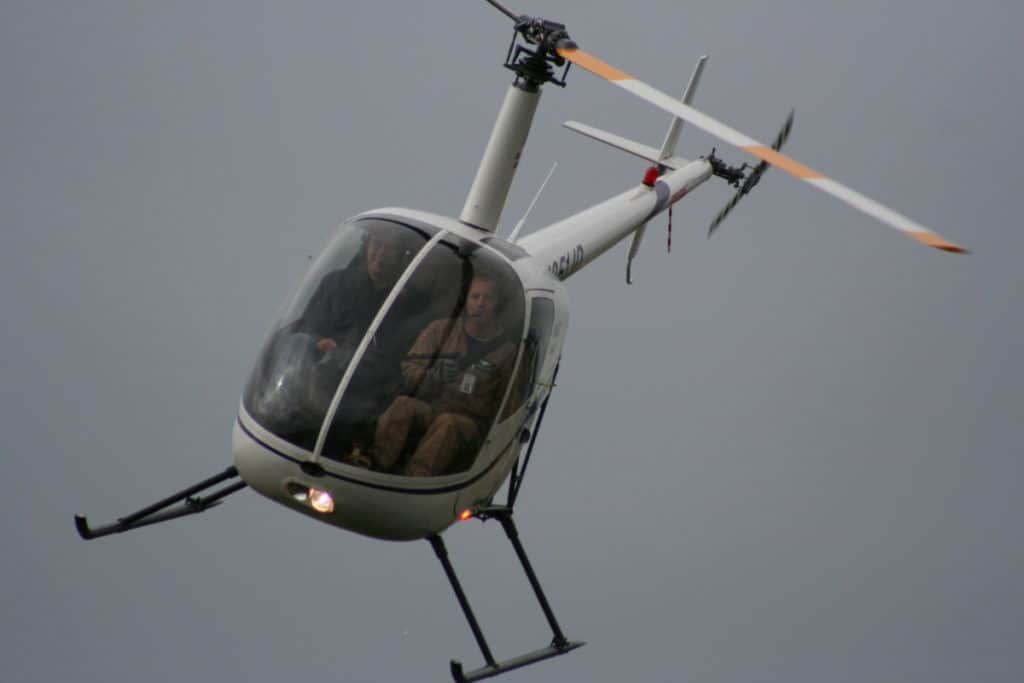
** Certified Flying Instructor **
To be able to teach people to fly and help them reach their dream, just like you once did you will need a Certified Flight Instructor Certificate (CFI). This will allow you to instruct both in the air and ground school on the category for which you are trained to fly:
If you have a Commercial Helicopter Pilot Certificate, you can teach in helicopters
If you have a Commercial Airplane Pilot Certificate, you can teach in airplanes
If you have Commercial Helicopter & Airplane Pilot Certificates, you can teach in both airplanes and helicopters
To obtain a Certified Flight Instructor Rating you must own a Commercial Pilot Certificate
Just like the Commercial Pilot Certificate, there are two routes:
Part 61 – This is unstructured and designed for pilots with vast amounts of flying experience to gain their CFI Certificate
Part 141 – This is structured and is the route most students take in a Professional Pilot Program
For this article, we will focus just on the Part 141 CFI training route.
Part 141 Helicopter Certified Flight Instructor Certificate
This is a very structured program for becoming a CFI and will follow an FAA-approved flight and ground training syllabus. This is primarily what will be received at a flying school with an accredited program. Because the program follows the approved syllabus.
The FAA requirements to become a Helicopter Certified Flight Instructor Following Part 141 are:
| Minimum Age: | 18 |
| Any Previous License Required: | Commercial Pilot |
| Dual Hours Required: | 25 |
| Ground Hours Required: | 40 |
Costs:
Flight Training:
The FAA requires the applicant for a Part 141 Certified Flight Instructor Certificate to have gained a Commercial RW Certificate or an Airline Transport Pilot Certificate RW.
Average Hourly Rate of Robinson R22 = $300/Hour
Average Hourly Rate of Flight Instructor = $45/Hour
FAA Minimum:
25 Total:
25 hours Dual Instruction x ($300+$45) = $8,625
Total = $8,625
Typical Student Average:
30 Total:
28 hours Dual Instruction x ($300+$45) = $9,660
2 hours Dual Flight Test Prep x ($300+$45) = $690
Total = $10,350
Ground School or Theory:
The Part 141 RW CFI training program requires 40 hours of Classroom-Based or One-On-One Ground Instruction to include:
- Fundamentals of Instruction (FOI)
- Aeronautical Knowledge
Average Ground Instructor Hourly Rate = $45/Hour
Examinations:
FOI Written Examination = Average $150 (Ranged from $125-$175)
CFI Written Examination = Average $150 (Ranged from $125-$175)
Flight Examination = Average $950 (Flight Examiner Ranged from $400-$600)
Extras:
Most students will require around $200 extras that can consist of:
- Books & Manuals
- Online Training Materials
Total Cost for Part 141 Helicopter Certified Flight Instructor Certificate:
FAA Minimum:
25 Hours Total:
- 25 hours Dual Instruction x ($300+$45) = $8,625
- 40 hours Dual Instructor Ground x $45 = $1,800
- FOI Written Examination = $150
- CFI Written Examination = $150
- Flight Examination = $500
- Extras = $200
Total = $11,425
Student Average:
30 hours Total:
- 28 hours Dual Instruction x ($300+$45) = $9,660
- 2 hours Dual Flight Test Prep x ($300+$45) = $690
- 40 hours Dual Instructor Ground x $45 = $1,800
- FOI Written Examination = $150
- CFI Written Examination = $150
- Flight Examination = $500
- Extras = $200
Total = $13,150
Learn More…
Try These Articles:
* Skills Needed To Become a Pilot? – A Flight Instructors Perspective
* Helicopter Pilot Careers: 20 Jobs a Pilot Can Do?
RATINGS
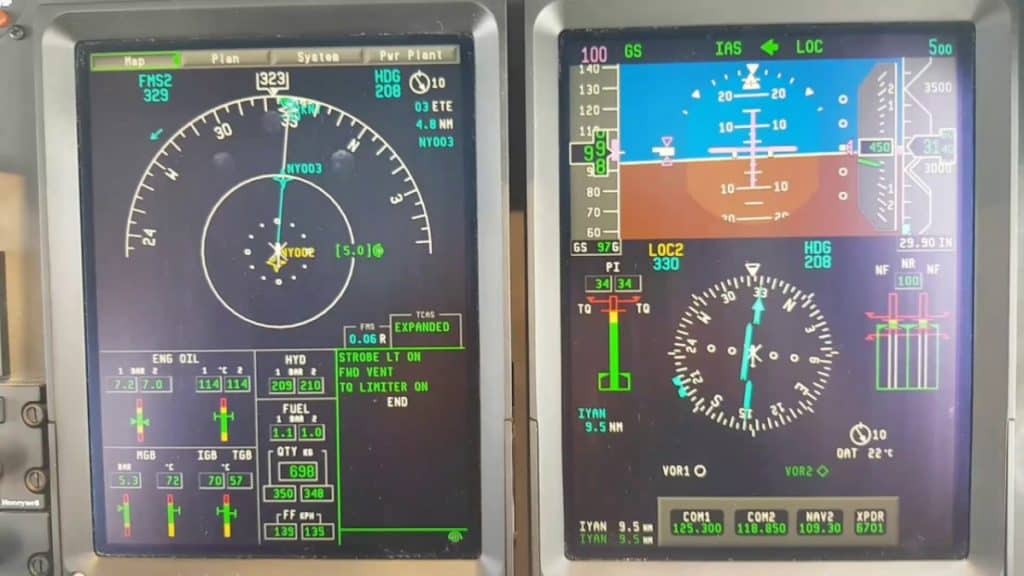
** Instrument Rating **
An instrument rating allows you to fly in an IFR (Instrument Flight Rules) equipped aircraft and continue flying in clouds, poor weather, and at night when there are no city lights. Being able to fly by sole reference to the aircraft’s instruments allows you to fly in most weather and get from point A to point B when regular pilots would be grounded.
If you plan on a career flying helicopters for Police, EMS, VIP, or Offshore Oil & Gas then an instrument rating will almost always be required.
To obtain an Instrument Rating you must own a Private Pilot Certificate or a Commercial Pilot Certificate.
Just like the Commercial Pilot training, the Instrument Rating can be taught under both Part 61 and Part 141 depending on the school’s accreditation.
Part 61 Initial Instrument Rating
The FAA requirements to obtain a Part 61 Instrument Rating are:
14 CFR Part61 Subpart B § 61.65
| Minimum Age: | 17 |
| Any Previous License Required: | Private Pilot or Commercial Pilot |
| Previous Flight Hours Required: | 50 |
| Total Simulated Hours Required: | 40 |
| Dual Hours Required: | 15 |
| Ground Hours Required: | 0 |
Costs:
Flight Training:
The FAA requires the applicant for a Part 61 Instrument Rating to have gained the following:
- 50 hours of Cross-Country Flight as Pilot in Command in helicopters, with at least
- 10 Hours in helicopters
- 40 hours of simulated instrument flight, with at least
- 15 hours dual flight instruction with a helicopter instructor with an instrument rating, of which
- 3 Hours must be within the preceding 2 months before the Practical test
- 15 hours dual flight instruction with a helicopter instructor with an instrument rating, of which
- A 100 nm flight along airways or ATC routing, to include
- An instrument approach at each airport
- 3 different instrument approach types using navigation systems
Average Hourly Rate of an IFR Robinson R22 Helicopter/approved IFR Simulator = $350/Hour*
Average Hourly Rate of Flight Instructor = $45/Hour
*NOTE: Most flight schools that have dedicated IFR training helicopters and simulators will usually charge out the aircraft at a higher rate to pay for the maintenance and replacement of the additional IFR instrumentation on board.
FAA Minimum:
40 Total:
15 hours Dual Instruction x ($350+$45) = $5,925
25 hours Solo x $350 = $8,750
Total = $14,675
Student Average:
40 Total:
40 hours Dual Instruction x ($350+$45) = $15,800
Total = $15,800
NOTE: Unless the student comes with previous instrument training time from a fixed-wing all the instrument time for the rating will be conducted as Dual Instruction either in a simulator or in the actual aircraft.
Ground School or Theory:
The Part 61 Instrument training program does not require any compulsory ground training from an Instructor. Most students will also purchase a Home-Based Theory study material for the Instrument Rating.
Average Instrument Rating DVD/Online Training Course = From $200
See the ‘Recommendations’ section for a great computer-based IFR training course
Examinations:
Written Examination = Average $150 (Ranged from $140-$175)
Flight Examination = Average $950 (Flight Examiner Ranged from $400-$600) + 1.5 Hours Robinson IFR R22/Simulator Rental
Extras:
Most students will require around $200 extras that can consist of:
- Books & Manuals
- Online Training Materials
- Charts & Checklists
- Flight Planning Tools
Total Cost for Part 61 Initial Instrument Rating:
FAA Minimum:
40 Hours Total:
- 15 hours Dual Instruction x ($350+$45) = $5,925
- 25 hours Solo x $350 = $8,750
- Home-Study Theory Training = $200
- Written Examination = $150
- Flight Examination = $950
- Extras = $200
Total = $16,040
Student Average:
40 hours Total:
- 40 hours Dual Instruction x ($350+$45) = $15,800
- 10 hours One-On-One Ground Training x $45 = $450
- Home-Study Theory Training = $200
- Written Examination = $150
- Flight Examination = $950
- Extras = $200
Total = $17,750
Part 141 Initial Instrument Rating
The FAA requirements to obtain a Part 141 Instrument Rating are:
14 CFR Part141 Appendix C
| Minimum Age: | 17 |
| Any Previous License Required: | Private Pilot or Commercial Pilot |
| Total Simulated Hours Required: | 35 |
| Dual Hours Required: | 35 |
| Ground Hours Required: | 30 |
Costs:
Flight Training:
The FAA requires the applicant for a Part 141 Instrument Rating to have gained the following:
- 35 hours of simulated instrument flight
- A 100 nm flight along airways or ATC routing, to include
- An instrument approach at each airport
- 3 different instrument approach types using navigation systems
Average Hourly Rate of an IFR Robinson R22 Helicopter/approved IFR Simulator = $350/Hour
Average Hourly Rate of Flight Instructor = $45/Hour
FAA Minimum:
35 Total:
35 hours Dual Instruction x ($350+$45) = $13,825
Total = $13,825
Student Average:
35 Total:
35 hours Dual Instruction x ($350+$45) = $13,825
Total = $13,825
Ground School or Theory:
The Part 141 Instrument training program requires 30 hours of compulsory ground training from an Instructor. Most students will also purchase a Home-Based Theory study material for the Instrument Rating.
Average Ground Instructor Hourly Rate = $45/Hour
Average Instrument Rating DVD/Online Training Course = From $200
See the ‘Recommendations’ section for a great computer-based IFR training course
Examinations:
Written Examination = Average $150 (Ranged from $140-$175)
Flight Examination = Average $950 (Flight Examiner Ranged from $400-$600) + 1.5 Hours Robinson R22/Simulator Rental
Extras:
Most students will require around $200 extras that can consist of:
- Books & Manuals
- Online Training Materials
- Charts & Checklists
- Flight Planning Tools
Total Cost for Part 141 Initial Instrument Rating:
FAA Minimum:
35 Hours Total:
- 35 Dual Instruction x ($350+$45) = $13,825
- 30 Hours Ground Instruction x $45 = $1,350
- Written Examination = $150
- Flight Examination = $950
Total = $16,275
Student Average:
35 hours Total:
- 35 hours Dual Instruction x ($350+$45) = $13,825
- 30 hours Ground Instruction x $45 = $1,350
- Home-Study Theory Training = $200
- Written Examination = $150
- Flight Examination = $950
- Extras = $200
Total = $16,675
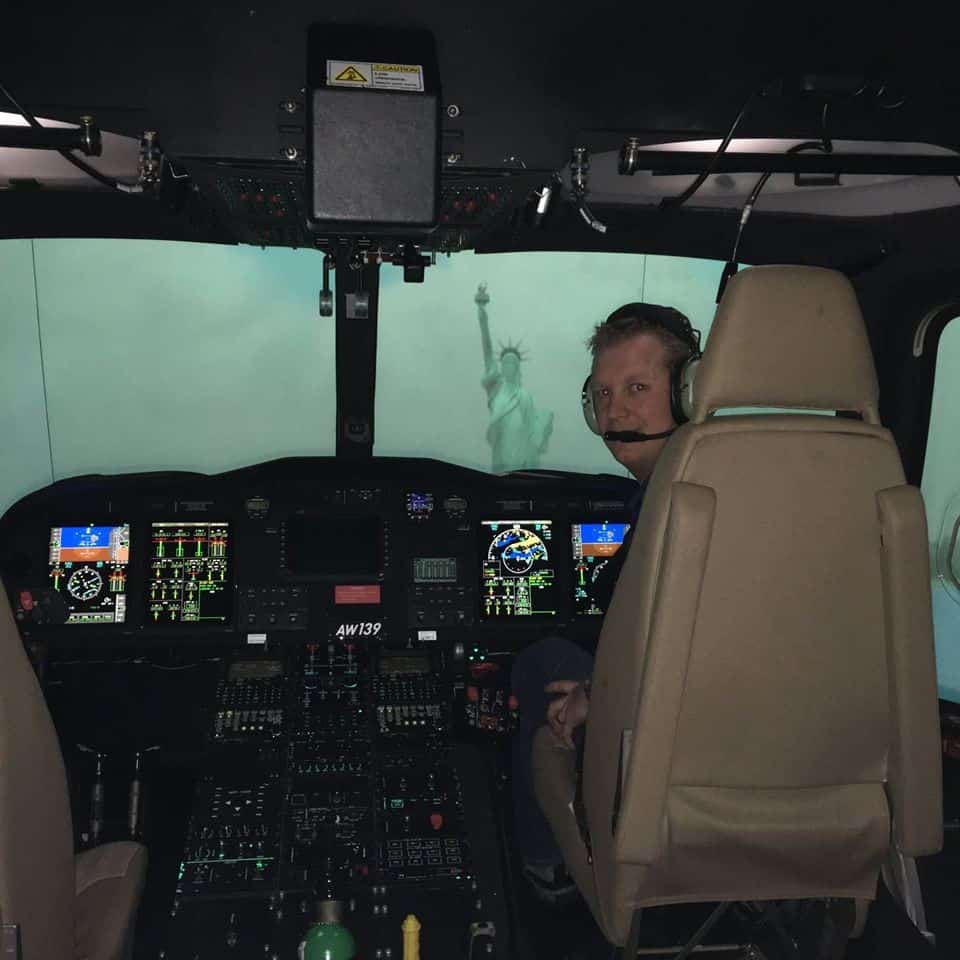
** Certified Flying Instructor Instruments **
If you wish to become the most employable flight instructor when you finish flight school then the Certified Flight Instructor Instruments Rating (CFII) is the way to go. By adding this to your resume you are a much more versatile instructor for a flight school.
With this rating, you can now teach any student that comes through the door of the flight school:
Private, Commercial, Instrument, CFI & CFII
When you begin looking at job advertisements many schools will list the job for CFI/CFII and the person who has the CFII rating will usually be hired over a CFI.
To obtain a Certified Flight Instructor Instruments Rating you must own a Commercial Pilot Certificate AND an Instrument Rating.
Part 141 Helicopter Certified Flight Instructor Instruments Rating
Just like the CFI program, this too is a very structured program for becoming a CFII and will follow an FAA-approved flight and ground training syllabus.
The FAA requirements to become a Helicopter Certified Flight Instructor Instruments Following Part 141 are:
| Minimum Age: | 18 |
| Any Previous License Required: | Commercial Pilot & Instructor Certificate |
| Dual Hours Required: | 15 |
| Ground Hours Required: | 15 |
Costs:
Flight Training:
The FAA requires the applicant for a Part 141 Certified Flight Instructor Instruments Rating to have gained a Helicopter Commercial Pilot Certificate AND a Helicopter Certified Flight Instructor Certificate.
Average Hourly Rate of Robinson IFR R22/IFR Simulator = $350/Hour
Average Hourly Rate of Flight Instructor = $45/Hour
*NOTE: Most flight schools that have dedicated IFR training helicopters and simulators will usually charge out the aircraft at a higher rate to pay for the maintenance and replacement of the additional IFR instrumentation on board.
FAA Minimum:
15 Total:
15 hours Dual Instruction x ($350+$45) = $5,925
Total = $5,925
Typical Student Average:
25 Total:
23 hours Dual Instruction x ($350+$45) = $9,085
2 hours Dual Flight Test Prep x ($350+$45) = $790
Total = $9,875
Ground School or Theory:
The Part 141 RW CFII training program requires 15 hours of Classroom-Based or One-On-One Ground Instruction to include:
- Fundamentals of Instruction (FOI) – Although mostly covered in the CFI Course
- Aeronautical IFR Knowledge and IFR Procedures
Average Ground Instructor Hourly Rate = $45/Hour
Examinations:
CFII Written Examination = Average $150 (Ranged from $125-$175) – Complete at the same time as IFR written exam!
Flight Examination = Average $950 (Flight Examiner Ranged from $400-$600) + 1.5 Hours Robinson IFR R22/Simulator Rental)
Extras:
None required – The Student should have everything by now!
Total Cost for Part 141 Helicopter Certified Flight Instructor Instruments Rating:
FAA Minimum:
15 Hours Total:
- 15 hours Dual Instruction x ($350+$45) = $5,925
- 15 hours Dual Instructor Ground x $45 = $675
- CFII Written Examination = $150
- Flight Examination = $950
Total = $7,700
Student Average:
25 hours Total:
- 23 hours Dual Instruction x ($350+$45) = $9,085
- 2 hours Dual Flight Test Prep x ($350+$45) = $790
- 15 hours Dual Instructor Ground x $45 = $675
- CFII Written Examination = $150
- Flight Examination = $950
Total = $11,650
Ways to Save Money
There is no doubt that learning to fly, especially a helicopter is not a cheap investment. Although similar in cost to going through college it must also be treated as such because you are investing in yourself to provide you with a very important skill.
There are ways though to help you save money and if used together they can return significant savings:
Shop Around
Schools can vary dramatically in their hourly rental costs for both their aircraft and instructors. Shopping around during your research phase can save you a lot of money. Look at schools from all over the country, differing sizes, the type of aircraft they fly, the location of their training areas etc.
Block Booking
Some schools may offer the ability to block book helicopter rental and give a discounted price. Blocks of 10 hours can offer a reduced rental price if paid upfront. Just be sure to NEVER pay too much upfront. Schools have been known to take huge sums of money from students then suddenly close their doors with a complete loss to the students!
Group Ground
At larger flight schools when many students are progressing through the same certificate the school may run group ground classes at a reduced rate. I used to teach group ground for commercial and instructor certificates and it was $10/hour cheaper.
It may not sound a lot but it all helps reduce that final total.
These are just 3 ways to save money. If you want to find over 100 ways to help you save even more money on flight training please check out this great resource HERE
Recommended Resources
Below are some of the resources I have put together to help out new pilots and students:

